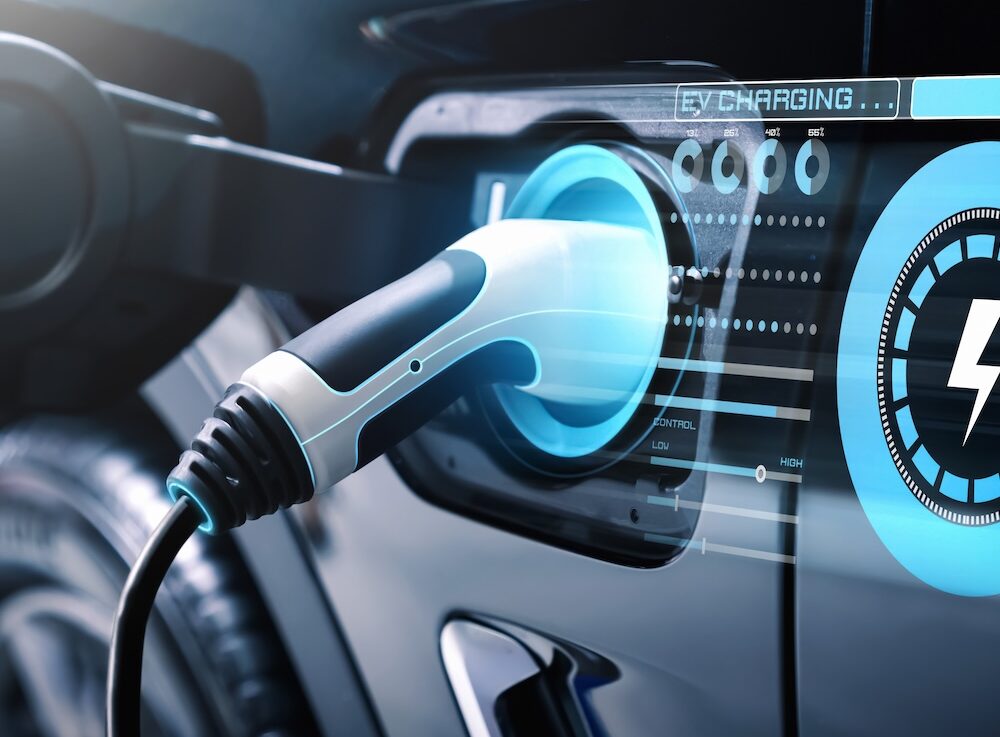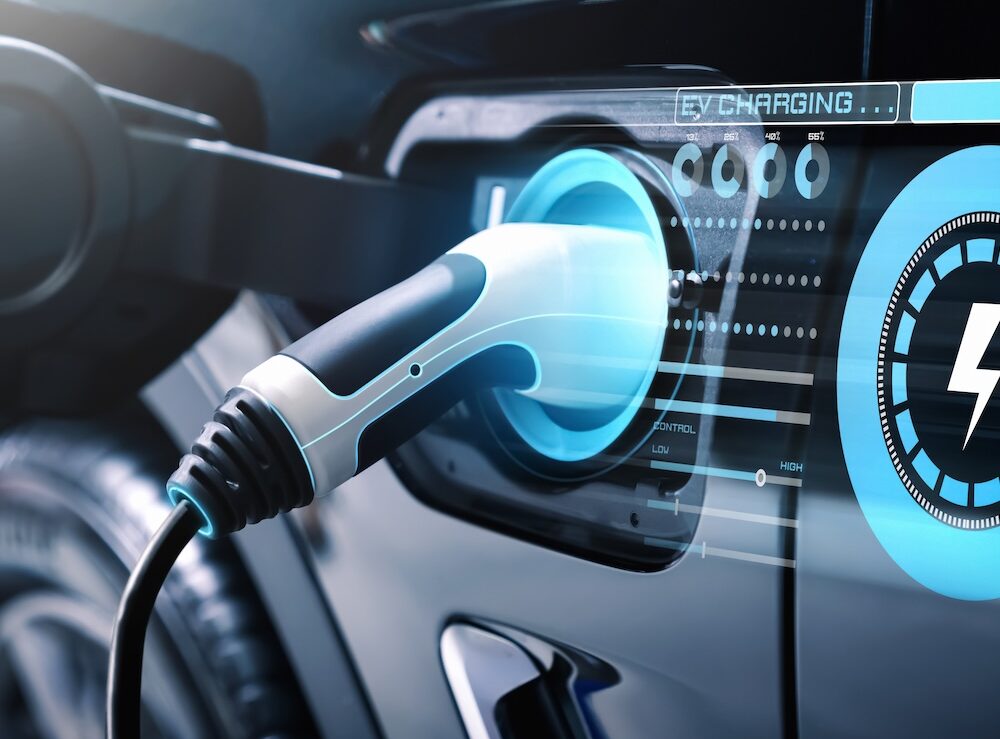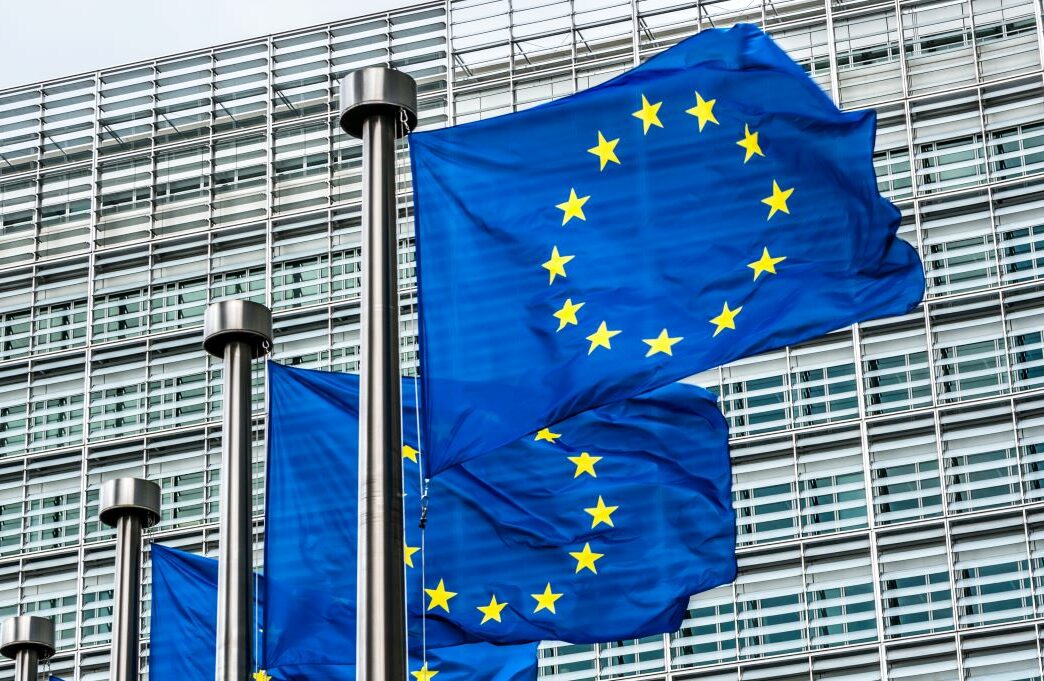Securing a patent can bring numerous benefits to your business, but it can also be challenging if you don’t know how to go about it. One of the most important steps towards securing protection for your invention by filing a patent application is ensuring it doesn’t already exist.
In order for an innovation to be patentable, it must be novel and inventive. However, with so many ideas cropping up in the market, how can you ensure your idea was the first? It all lies in the patent search.
Patent searches are an essential step in the patent process, as they help to verify the originality of an invention and improve the likelihood of successful patent application. While it is not compulsory to carry out searches before applying for a patent, it is highly recommended. Patent offices will carry out their own search to assess an application for patentability, so a preliminary search can give an indication of patentability before applying and incurring the expense of an application. In our step-by-step guide, we’ll run through the process of searching for a patent from the start.
Where to start your patent search?
Unlike a general Internet search, patent searches look for specific patent documents that may have an impact on the patentability of your invention. In this first stage of the search process of a search, a prior art search helps to identify any patents and patent application documents that have been published before you have filed a patent application. These documents may potentially be raised by an examiner as relevant to the novelty or inventiveness of your idea further down the line. The most common documents identified in a prior search are patent applications and granted patents, although prior art documents may also be in the form of web pages, catalogues, process documentation or other publicly available documents. Generally speaking, there are two main ways to get started with your searches:
Starting things off yourself
Firstly, we always recommend conducting your own prior art search. If you are unfamiliar with the market of your invention, the first step should be to carry out a simple Google search for any relevant products currently commercially available. Not only will this provide a brief understanding of the current disclosures in the field of your invention, but it also gives you the opportunity to identify what makes your idea new and inventive over what has come before. For a deeper understanding of prior art disclosures, we recommend carrying out a search for published patent documents. There are a variety of search engines to do this, but we would recommend the European Patent Office’s patent search engine Espacenet. Here, you can search for key terms using the advanced search tool to identify terms relevant to your idea that are present in the title, claims or abstract of published patent documents all over the world. Note that the engine is only able to search for applications from their publication date, not their filing date.
You could consider enlisting the help of staff at the local Patent Library many of whom offer a guided search service.
Enlisting a professional service
Alternatively, you could enlist the help of a professional patent attorney who will take care of conducting a thorough patent search on your behalf. Their detailed analysis may provide greater insight into potential obstacles and solutions. Professional attorneys often have access to engines more powerful than freely available to the public, able to uncover more relevant search results. A professional patent prior art search usually start at £500.
Are patent searches free?
The next steps will involve considering any financial investments into the process, but the cost of a patent search may vary depending on the database. Free directories are a great place to start and some of the most commonly used databases include:
- Google Patents
- Espacenet
- WIPO Patentscope
Note that some patent databases require the patent number to be searched, and general search terms may not be possible.
What information about the patent can I find?
The information available from patent searches varies by the search engine used. In general, the following information will be listed:
- Abstract and summary of the invention
- Claims outlining the scope of protection of the patent if granted
- Specifications detailing how the patent works
- Prior art documents cited by the application
- The legal status of the patent
- Applicant and/or inventor details
What do I do with the results of my search?
Following a patent search, you should hopefully have identified a few relevant documents that relate to your proposed invention. Some of the prior art documents identified in the search may even still be in force, and it is important to check that you will not infringe these granted and active patents with your activities. A separate infringement or ‘freedom to operate’ search may be required which should be undertaken professionally.
A professional patent attorney will be able to offer advice on the implications of any search results; what they mean for a potential application and the likelihood of grant of a patent; and the risk of infringing an active patent if your proposed invention was to enter the market.















